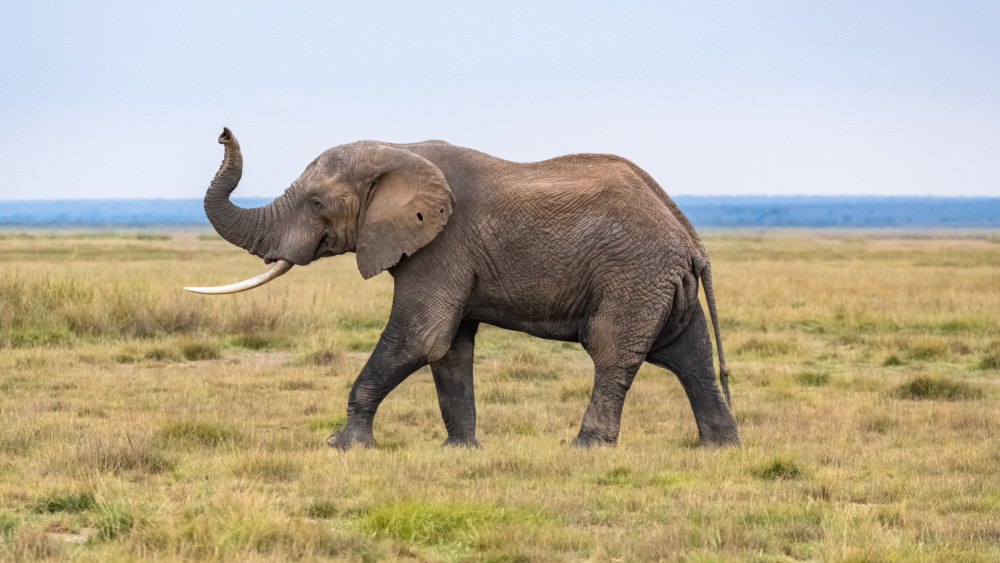4 animal species that are advancing cancer research

When you think of innovations in cancer prevention and early detection, you probably picture scientists working in lab coats. But did you know that animals are also helping us to make new research discoveries? Here’s a nod to our animal friends who are playing an important role in cancer prevention and early detection.
Zebrafish
The Prevent Cancer Foundation recently funded researcher Brandon Gheller, Ph.D., who works with these tiny, tropical fish to learn about humans with a predisposition to cancer.
Over 6% of people 60 years of age and older who don’t have a diagnosed blood disorder have clonal hematopoiesis—which causes one of the stem cells that produces blood to make blood cells with a mutation. This mutation can lead to things like leukemia or heart disease. Dr. Gheller is finding a way that we can stop these DNA change stem cells from growing in individuals and starting cancer.
Where do the zebrafish come in? Zebrafish share many biological features with the human blood system, and Dr. Gheller and his team can perfectly replicate what you see in a human in the fish. His research tests dietary interventions on the fish as a strategy for preventing cancer and treating people with clonal hematopoiesis. He already has research indicating that there’s a metabolic pathway that can be shut down to stop this disorder. It’s currently working in the zebrafish and the human cells.
Honeybees
They may be known for making honey and pollinating plants, but we can also thank honeybees for their contributions to lung cancer research.
Researchers at Michigan State University found that honeybees can detect human breath that has a biomarker associated with different types of lung cancer cells. Scientists can use these findings to develop tests to find cancer in earlier, more treatable stages.
Scientists created chemical mixtures to mimic the breath of someone with lung cancer and the breath of a healthy person. They then recorded the honeybees’ neural signals and observed changes in their brain responses to the different mixtures, even with only small amounts of the cancer-indicating compounds in the mixture. This information could one day lead to a lung cancer test where a patient simply breathes into a device to detect cancer.
Dogs
Man’s best friend has genetic similarities to us, making them good candidates for clinical trials. This enables scientists to better develop drugs that can benefit both humans and dogs.
One instance of this is a clinical trial for dogs with osteosarcoma (bone cancer), which found a drug that shrinks tumors in dogs. These findings have been applied to human medicine, and similar drugs are now in clinical trials for humans with osteosarcoma. This cancer is rare in humans, so there is little funding available for research and few patients who are eligible for clinical trials. However, osteosarcoma is more common in dogs, so researchers can extend their learnings of treatments that work for dogs to find what helps humans, too.
Now, institutions are interested in funding collaborations between oncology research and veterinary research. The National Cancer Institute created the Integrated Canine Data Commons to document, study, further research and share resources on this very topic.
Elephants
And finally, let’s address the elephant in the room. The larger the animal, the more cells they have and the more likely they are to get cancer. But in the case of elephants, it’s extremely rare to get cancer. How can that be?
First, you need to know about TP53: a gene that produces a protein that suppresses tumors, protecting you from cancer. Many adult cancers are linked to problems with that protein. While humans have one copy of TP53 in each cell, elephants have 20. By learning about how elephants’ TP53 genes fight cancer, researchers can apply that knowledge to humans, too.
A research team at Oxford University is studying the differences between elephants’ and humans’ proteins to see how they suppress cancer development. Who would’ve thought we’d be looking to elephants to solve medical mysteries?
LIRE AUSSI | 4 countries making strides in cancer prevention and early detection
Thanks to modern technology and the wonders of the animal kingdom, scientists are making new discoveries every day. Animals aren’t just cute or interesting—they’re contributing to science that could one day prevent cancer or detect it early.